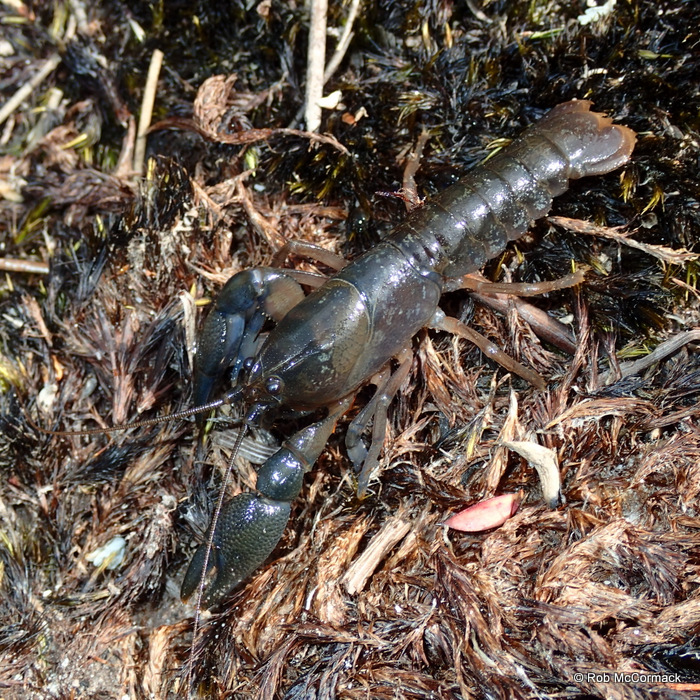
This is only my second Ombrastacoides leptomerus I’ve found and it was quite unexpected. It was in a roadside drain and the only burrow within 20 m in any direction. The drain was dry and newly excavated material indicated a crayfish had recently burrowed.
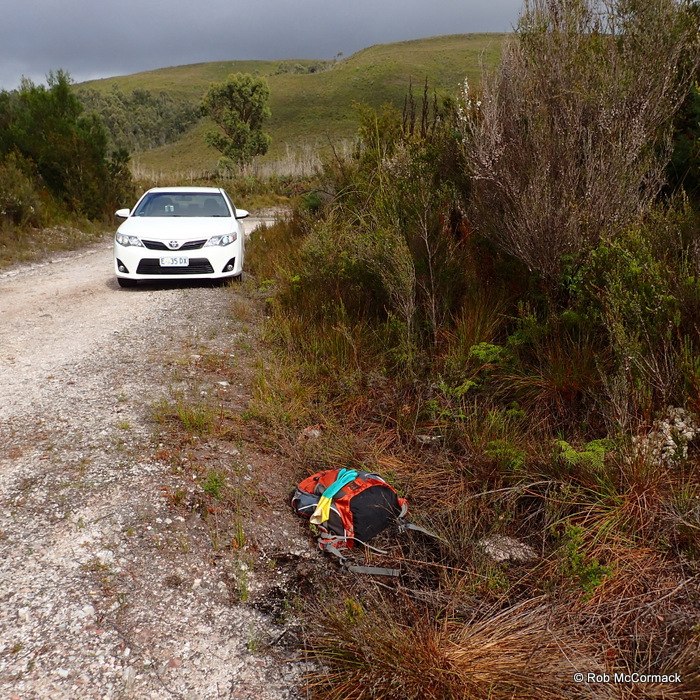
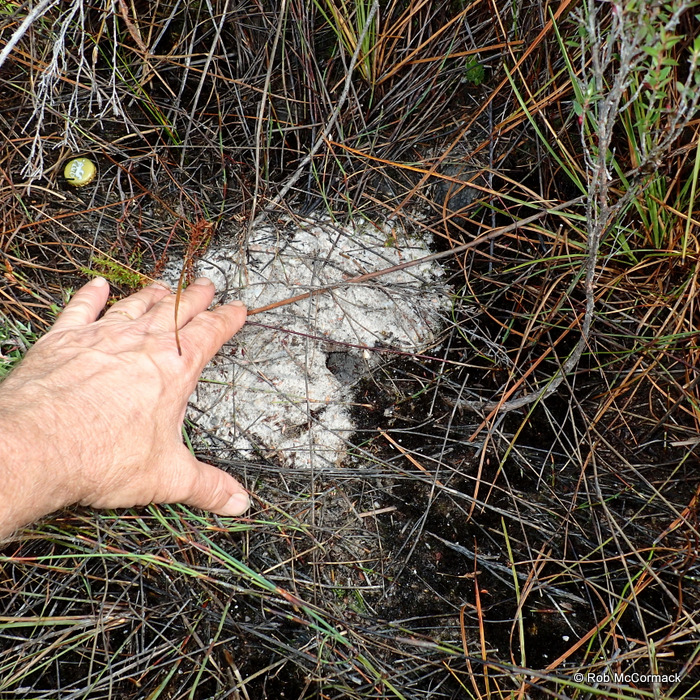
Excavation of this burrow, indicated only 1 entrance and one burrow directly down approximately 300 mm deep. The animal was in a small chamber 80 mm parallel to the surface and dry.
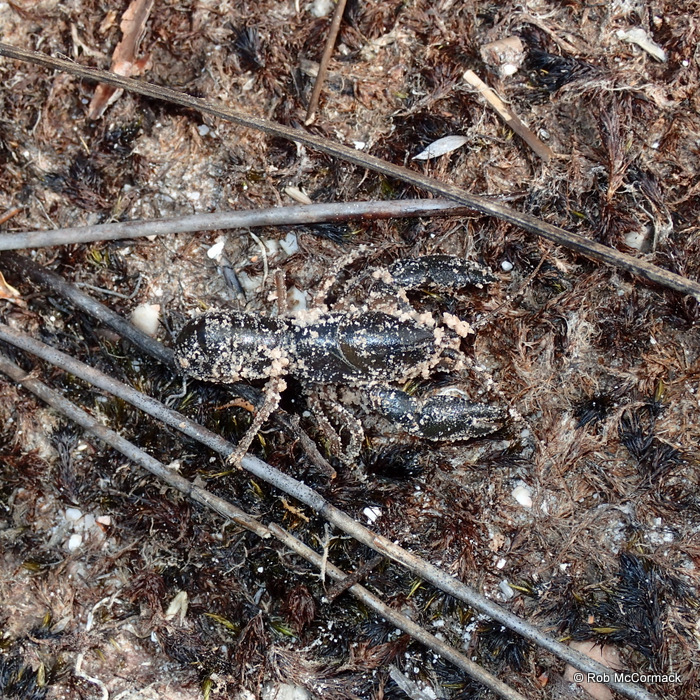
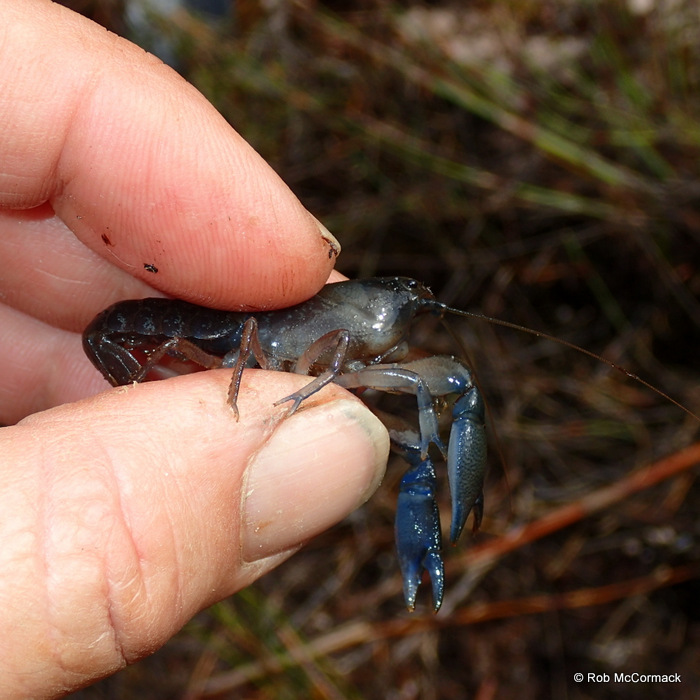
No water was anywhere near the burrow and the white, sandy soil from which the crayfish was captured would best be described as just moist. Seemingly, this animal had used the drain to move during wet conditions then as the water receded got caught out and dug a burrow in a less than desirable location. Interestingly, it shows the species can survive extended periods in dry conditions. The previous one of these was more greenish in colour, this one was greenish blue on top and blue underneath.
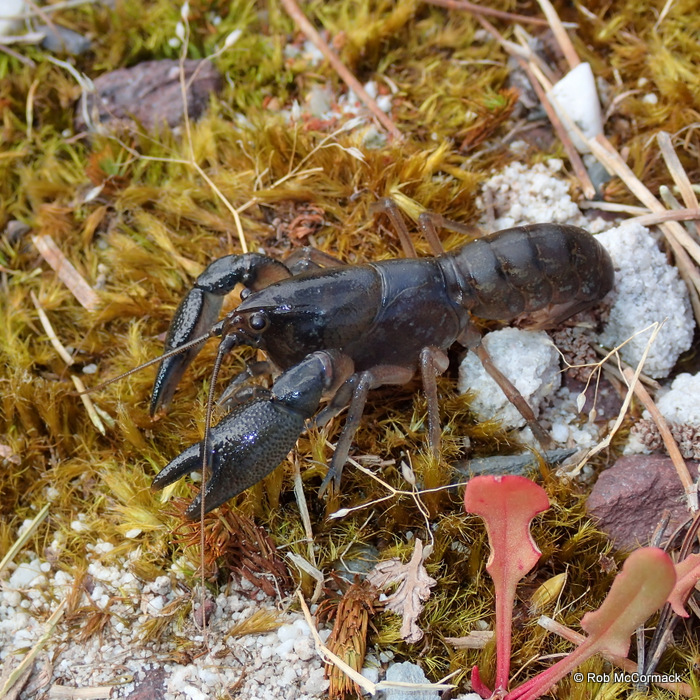
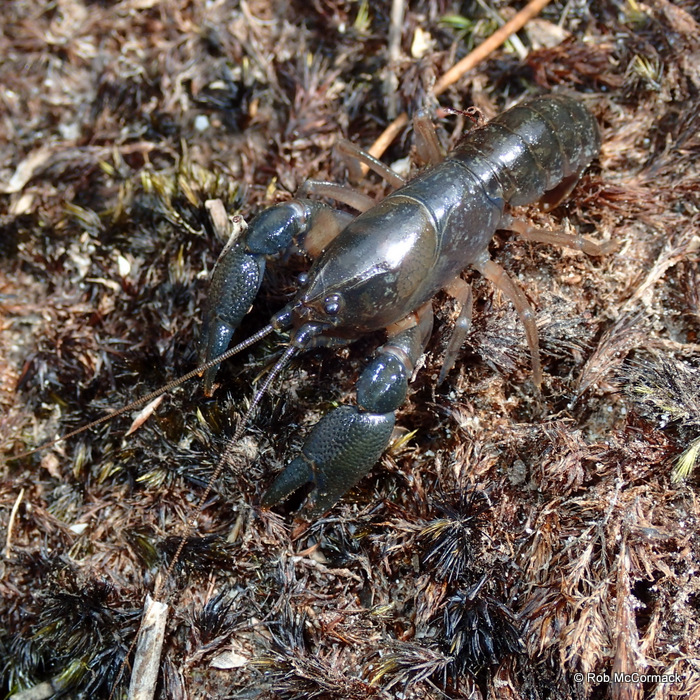
Reference
Hansen, B and Richardson, AMM (2006) A revision of the Tasmanian endemic freshwater crayfish genus Parastacoides (Crustacea: Decapoda: Parastacidae). Invertebrate Systematics, 20 (6). pp. 713-769.
ACP Data Base 2015. ACP5503, Ombrastacoides leptomerus, female 15.29 mm OCL, TAS, Australia , Roadside drain, tributary Badger River at start of Queensberry Track just off Henty Road, Badger-Henty Rv, S41.988310, E145.364040, 142 m, 21-Feb-2015, RB McCormack, Dry drain, white clay, just moist when dug from burrow, dig
